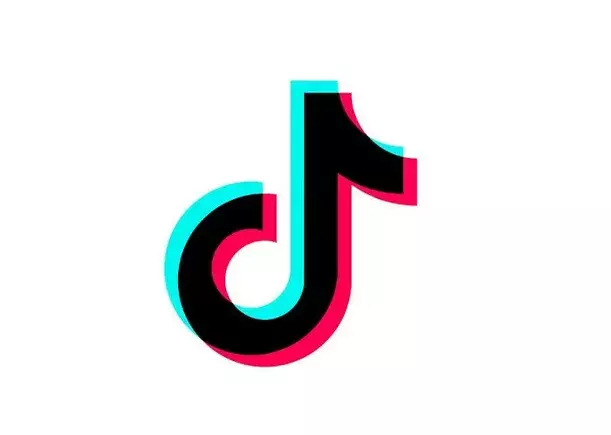TikTok’s latest Transparency Report serves as a remarkable document that outlines the company’s efforts to address misinformation and abusive practices on its platform. Under the EU Code of Practice, TikTok has detailed its enforcement actions over the last six months of 2024, a period that has highlighted the platform’s rising prominence as a communication tool within the European Union. In this landscape, TikTok’s measures against political misinformation, AI-generated content, and user-generated deceit reveal not just a commitment to user safety but also the sophisticated challenges posed by modern digital interactions.
Interestingly, TikTok reported the removal of a staggering 36,740 political ads during this timeframe. This statistic is less a testament to the effectiveness of policy enforcement and more an illustration of the ongoing battle between social media platforms and various interest groups seeking to harness the app’s vast reach for political messaging. While TikTok’s outright ban on political ads stands firm, the sheer number of removals signals a continued privilege of usability that the platform holds in today’s political landscape. This begs the question: How far can one regulate political expression on an app primarily known for dance challenges and comedy skits? TikTok’s experience indicates a need for more stringent oversight protocols to ensure that the platform impedes manipulation without stifling genuine discourse.
Combating Fake Accounts and Misleading Interactions
In its report, TikTok also flagged the deletion of nearly 10 million fake accounts, along with approximately 460 million fake likes attributed to these profiles. This drastic action is crucial in preserving the authenticity of user interactions, nurturing a space where content can thrive based on genuine engagement rather than artificial inflation. Such efforts demonstrate TikTok’s strategic focus on fostering a community dependent on real voices—though one must recognize that “authenticity” can be just as subjective as the content that is judged by it.
Moreover, the ease with which fake accounts can be created and operated is a grim reminder of the obstacles facing social media platforms. While TikTok’s actions underscore a willingness to tackle the issue head-on, constant vigilance is mandatory. The phenomenon raises an inherent tension: the balance between robust user engagement and the dangers posed by fake narratives curated by entities that often wield malicious intent.
Navigating the New Era of AI Content
A significant section of TikTok’s report is devoted to the fight against AI-generated media. The company disclosed that it had removed 51,618 videos in response to violations concerning synthetic media. This figure marks a crucial first step in establishing a new standard for content integrity. In its pursuit of a more transparent TikTok experience, the platform has notably collaborated with C2PA Content Credentials to tag AI-generated content—aligning itself with a broader industry movement aimed at recognizing and managing the implications of digital fabrication.
Moreover, the results gleaned from the report align with earlier insights from Meta, highlighting that while AI content isn’t yet a major driver of misinformation, the potential for misuse remains alarmingly real. The fact that both platforms have begun implementing policies to counteract misleading AI content indicates an urgency to address these burgeoning challenges. Here, TikTok attains a crucial position, as they take the lead by acting proactively rather than reactively.
The Role of Third-Party Fact-Checking
One of the most compelling aspects of TikTok’s initiative involves its collaboration with third-party fact-checkers. The platform reinforced its commitment to combat disinformation by onboarding two new fact-checking partners, expanding coverage to several countries within Europe. With a total of 14 accredited organizations now working alongside TikTok, it is clear that collective effort is crucial in the fight against rampant online misinformation.
TikTok’s data pointing to a 32% reduction in content shares when unverified claims were flagged emphasizes the significance of authoritative interventions in mitigating the spread of false narratives. The results offer a pointed critique of Meta’s shift away from such partnerships in favor of more decentralised, community-based approaches to misinformation. It appears that TikTok thrives because it values expert intervention over crowd-sourced solutions which often struggle to reach consensus.
Ultimately, though challenges remain prevalent, TikTok’s Transparency Report outlines a commendable roadmap toward a more verified and responsible platform—a continuous journey requiring diligence, adaptability, and, most importantly, an unwavering commitment to the integrity of its community.


Leave a Reply